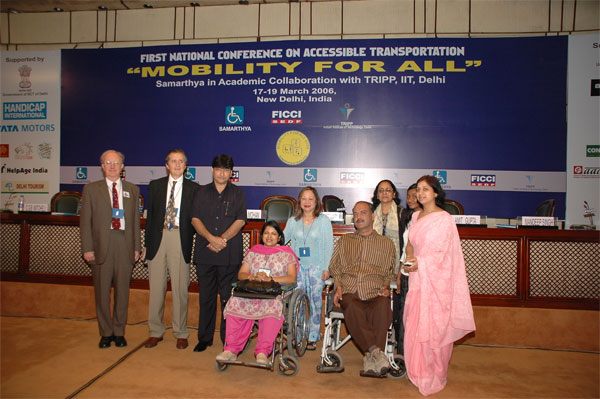Accessible Transportation
Accessible Transportation Projects
For more than half a million people in the world, accessible and safe design features in public transport infrastructure and system can mean an education, a job and equal opportunities that would otherwise be denied to them. Thus it is mandatory to make public transport system and pedestrian infrastructure accessible and provide ‘first and last mile’ connectivity to persons with disabilities and reduced mobility
Samarthyam collaborates with State and Central (federal) Governments, State Transport Authorities, service providers, and public transit agencies:
- To identify mobility challenges and provide innovative solutions for persons with reduced mobility and disabilities
- To create inclusive transit services that could be sustained and replicated across the country, equitably access for all was considered crucial.
Policy Advocacy on Accessible Public Transport Systems
Samarthyam advocated for National Urban Transport Policy after the first National Conference on “Mobility for All”, held in New Delhi in 2006, thus resulting in the first transport policy in India with inclusive mobility sections.
In 2014, the NUTP was amended again to comply with UNCRPD and The PWD Act 1995 and stipulates universal design and universal accessibility in its preamble.
Access Audits of Delhi Metro Infrastructure
Delhi Metro Rail Corporation (DMRC) has set an example of being the most accessible public transportation system in India. Based on the accessibility standards recommended by Samarthyam, similar design standards are being replicated in other parts of the country. Samarthyam is advisor to all the Metro Rail Corporation projects in India such as Bangalore, Kochi and Hyderabad.
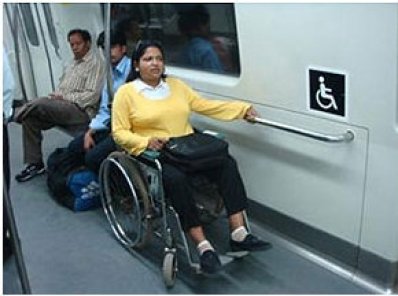
Low Floor Buses
Low Floor Buses: To create an accessible bus, Samarthyam in association with Transport Research & Injury Prevention Programme (TRIPP), Indian Institute of Technology (IIT) Delhi, worked with the bus manufacturer, TATA Motors. The design of the buses comprised of wide doors, transit ramps, designated wheelchair space, public information systems with audio & digital display, colour contrast handrails and stanchions, illuminated destination and route signs.
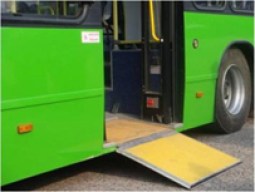
Bus-Queue-Shelters (BQS)
Samarthyam’s advocacy and sustained implementation strategies have resulted in universal accessibility in public transport infrastructure. Samarthyam provides universal design elements to make the buses and bus shelters accessible for people with disabilities, elderly, children and women. Our collaboration with State and Central (federal) Governments, State Transport Authorities, service providers, and public transit agencies have paved the way for implementation of accessible bus shelters and low floor buses in the country.
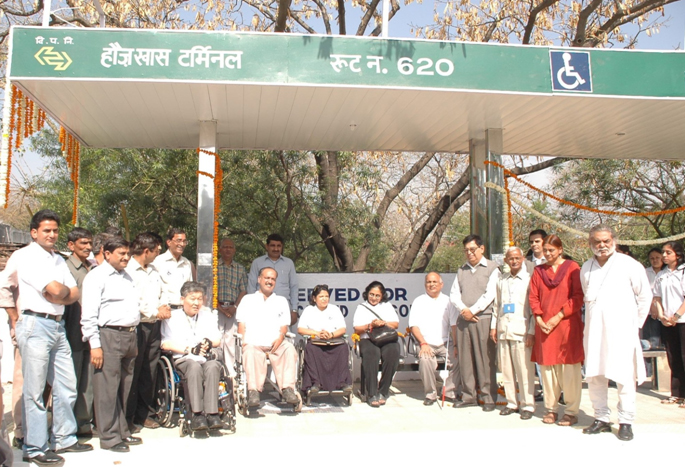
Pedestrian Infrastructure
To provide seamless journey and last mile connectivity between the transit facilities, and to other services, Samarthyam revised the pedestrian guidelines and codes of the Indian Roads Congress with inclusive design standards for pedestrians and commuters.
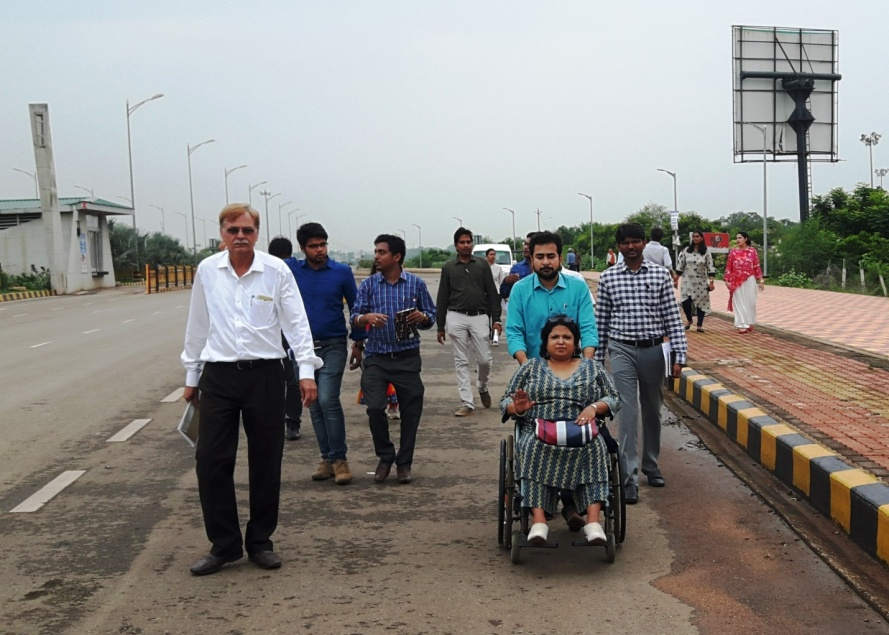
Inclusive Design in Bus Rapid Transit System
Samarthyam provides planning, design and implementation of BRT systems to emphasize the need for platform-bus interface for level boarding; BQS with ramps, tactile paving, Braille route and information signage. Samarthyam’s collaboration with BRT designers and service providers have resulted in state of art accessible and safe pedestrian infrastructure; and bus stations BRTS.
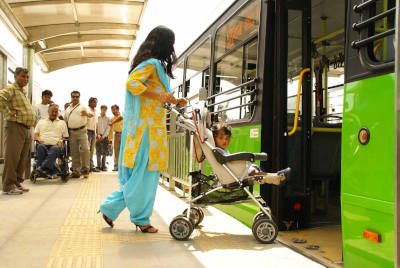
Indian Railways
Samarthyam is working on Accessible Railway Coaches with toilets and transit/ boarding device to bridge gap between rail coach and platform. Partnership with Research Design Standards Organization (RDSO), Rail Coach Factory (RCF) and Integral Coach Factory (ICF), Ministry of Railways, Government of India is helping to conduct R&D projects to make Indian Railways accessible.
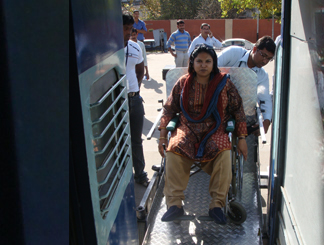
First Conference on Accessible Transportation
In academic collaboration with Transportation Research & Injury Prevention Programme (TRIPP) Indian Institute of Technology (IIT), Delhi, 17-19 March 2006. The very purpose of this Conference was to bring the Government, service providers, stake holders and user groups on one platform and Draft Implementation Policies and Guidelines on “National Policy on Accessible Transportation” addressing the concerns of Persons with Disabilities (PwDs) and senior citizens. This National Conference was the first endeavor of its kind in the country, supported by Union Tourism Ministry, Ministry of Social Justice & Empowerment, Government of India and the Corporate Sector.
